since 2009
Children home and organic farm
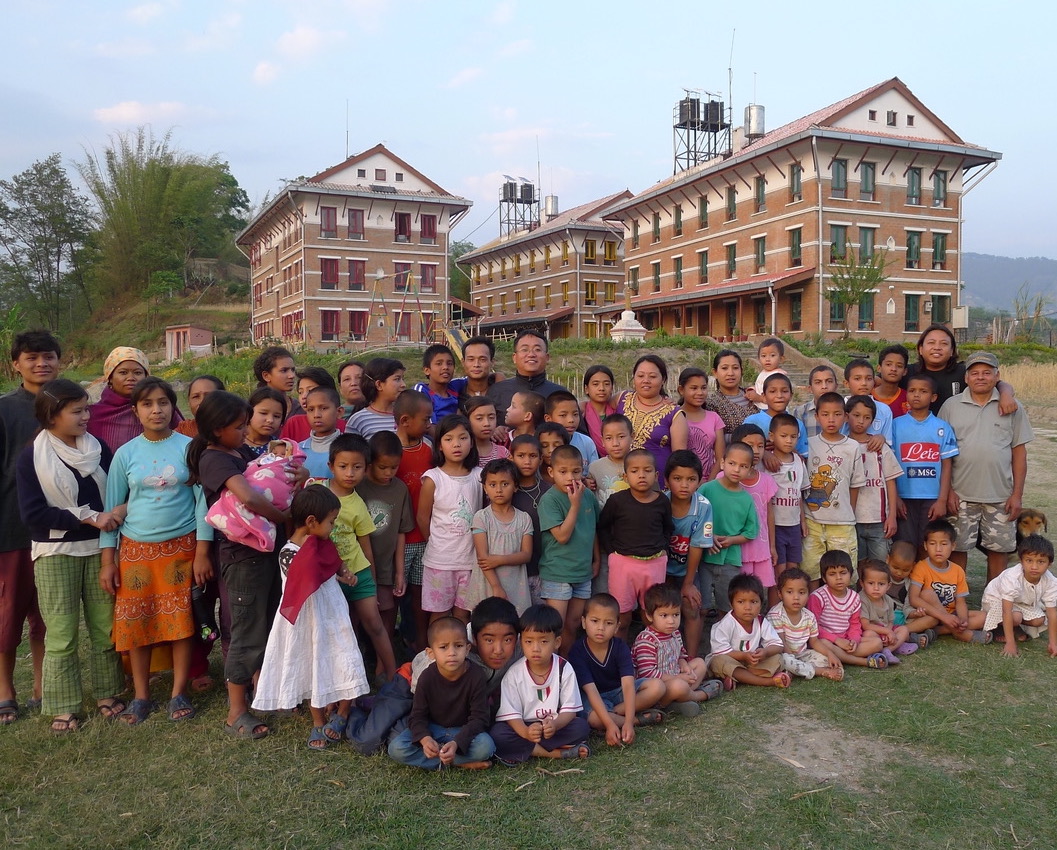
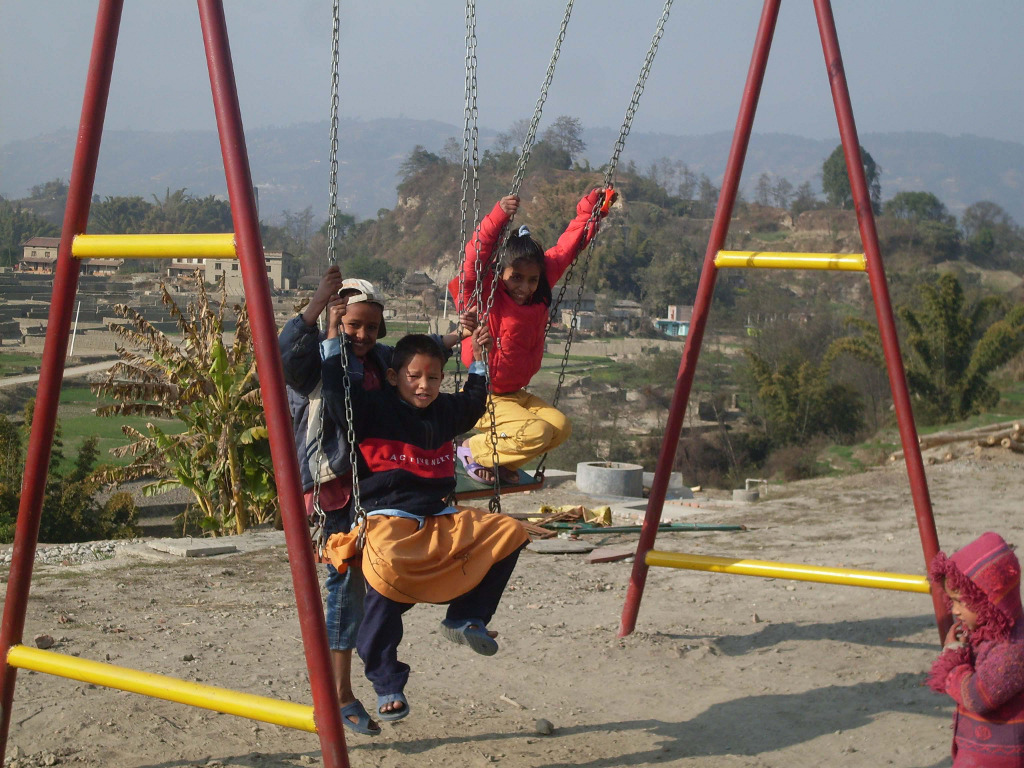

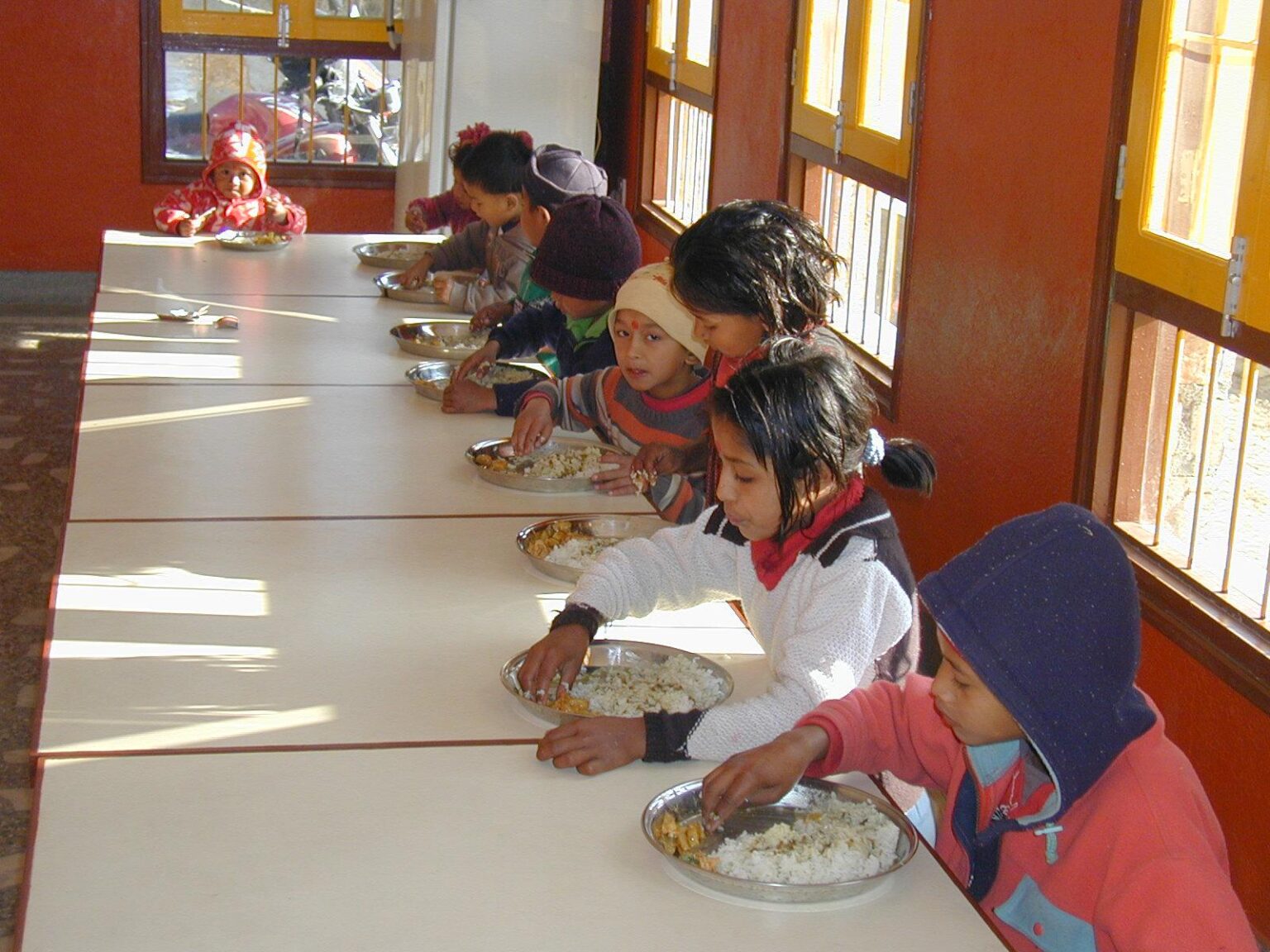
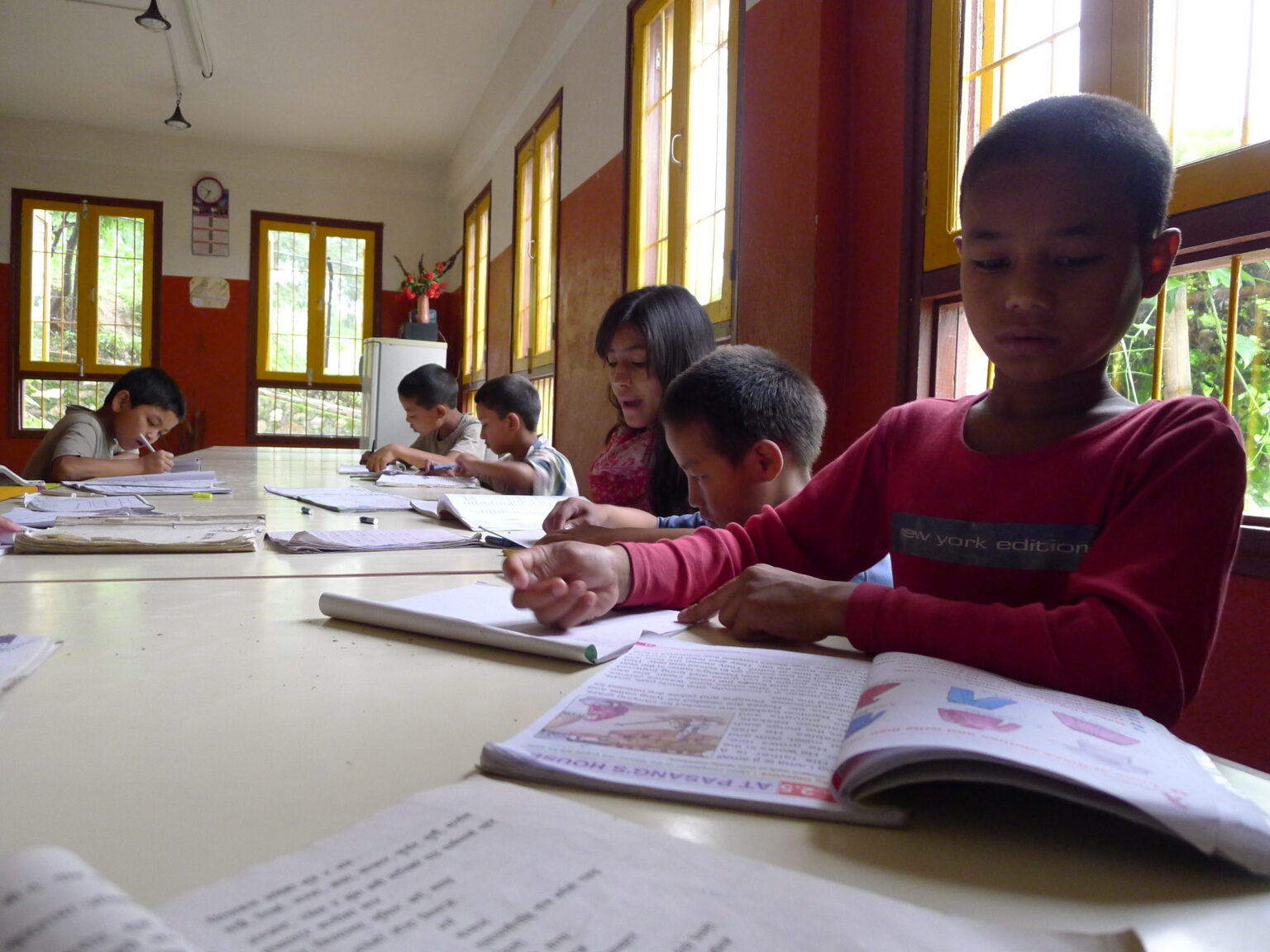
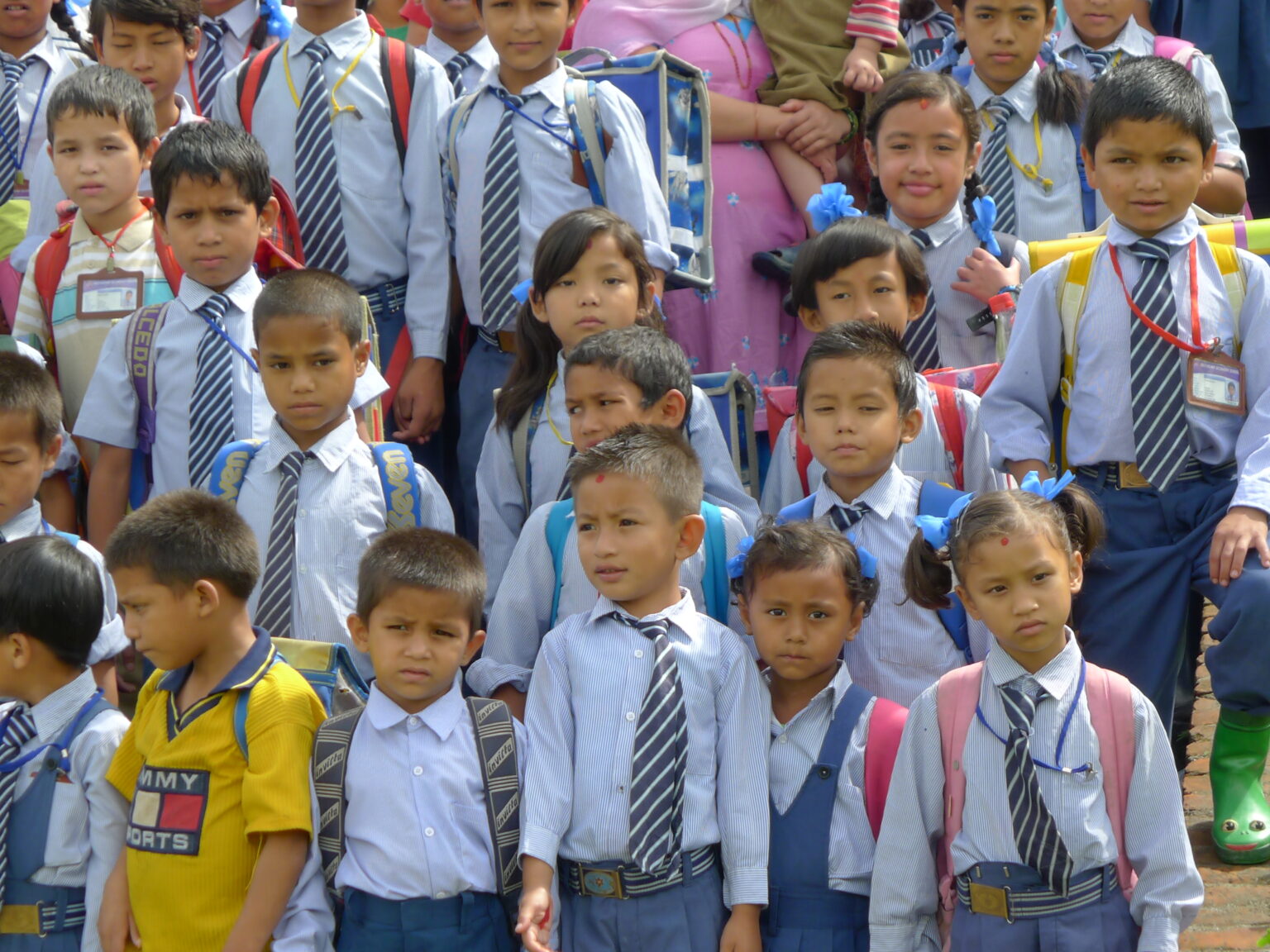
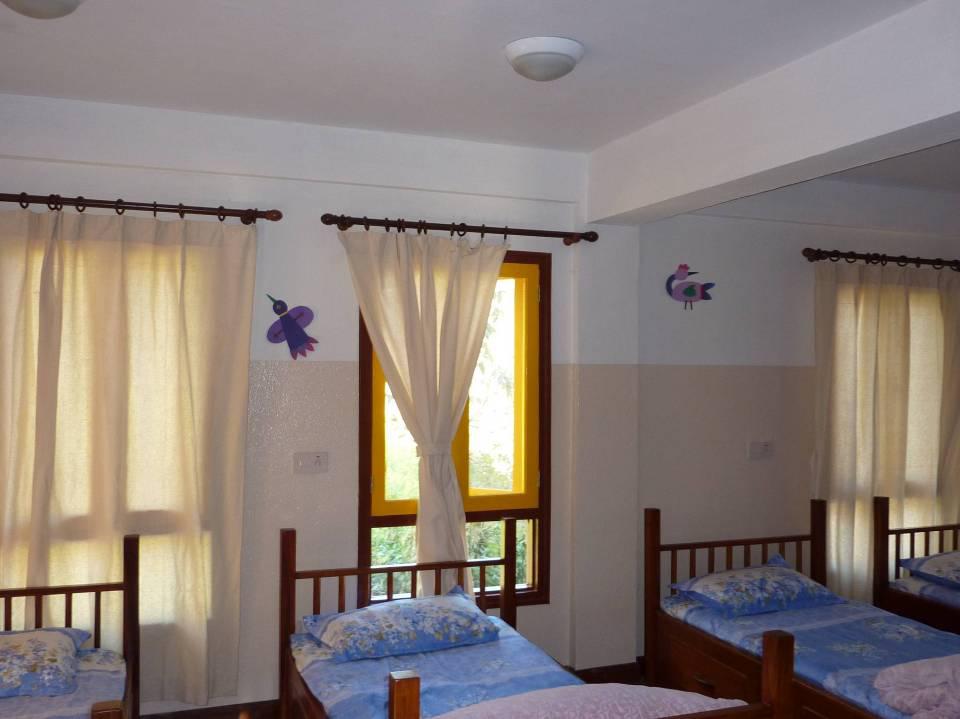
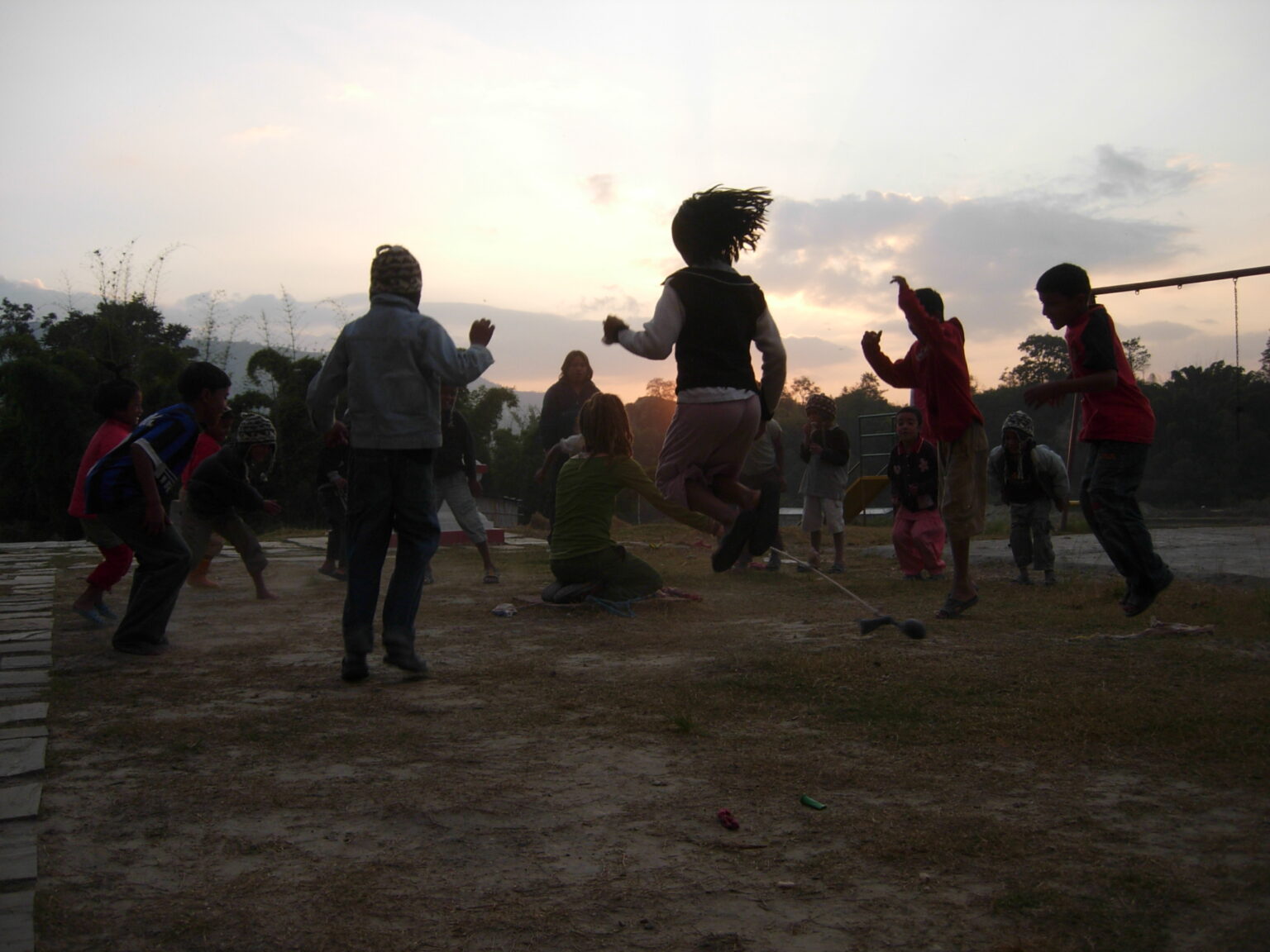
In response to the large number of orphans and abandoned children generated by the civil war in the early 2000s, Kam For Sud decided to set up a permanent facility for children without a family in the Kathmandu Valley, with the aim of providing them with a healthy and stable emotional environment, access to schooling, and accompaniment until they become independent or they come of age.
Wishing to provide a family-like environment for the children, it was planned to build three family-homes, each governed by a Nepalese couple as parental reference and housing from fifteen to twenty children each.
The three houses are surrounded by one hectare of land cultivated using organic techniques so the children home is able to sustain itself. Four agricultural employees work full-time in the fields and stables; the children home staff is completed by two housekeeping employees and two night guards.
Features of the ecologic building: use of bricks and materials with low environmental impact, rainwater harvesting in an underground tank for irrigation of the fields during the dry season, sewage purification by lagooning with Phragmites australis (swamp reed) and subsequent reuse of the water for agriculture, biogas production with solid organic waste, photovoltaic power generation, and domestic hot water production by direct solar energy.
The children live in Tathali in a large family, attend the village school and generally leave when they reach the age of eighteen; exceptions are made (to finish basic schooling, in case of a particular fragility, etc.). If the children decide to continue their studies, Kam For Sud provides a scholarship and facilitates the reintegration into the origins’ clan, if it is known and if it appears sufficiently protective.
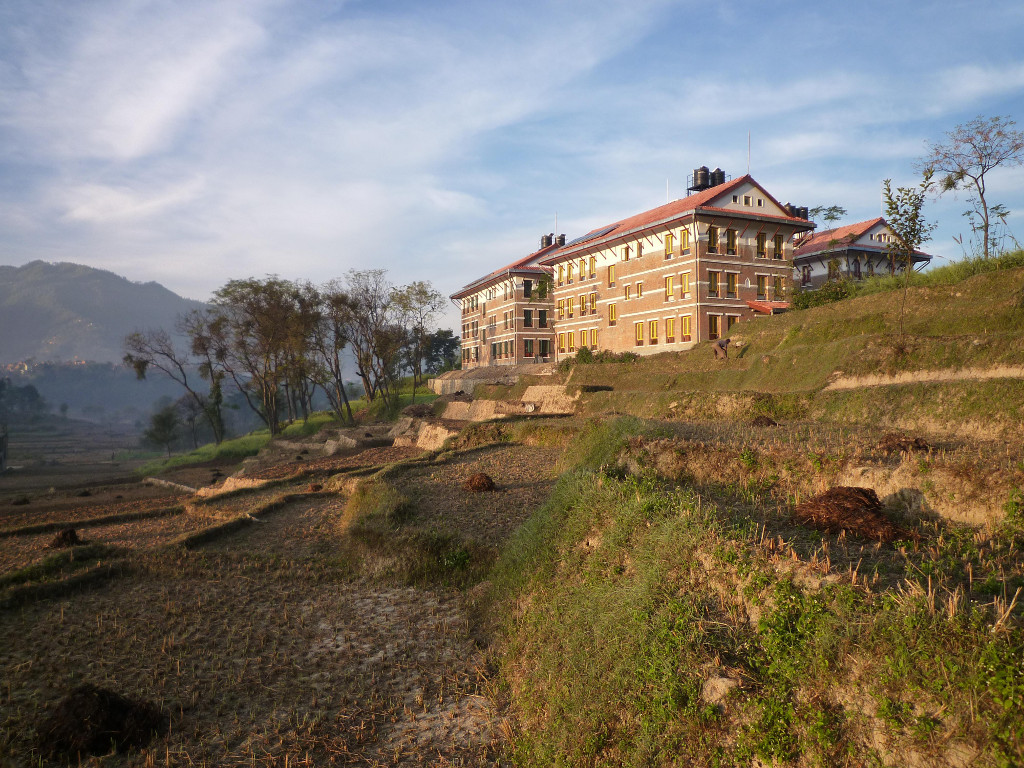
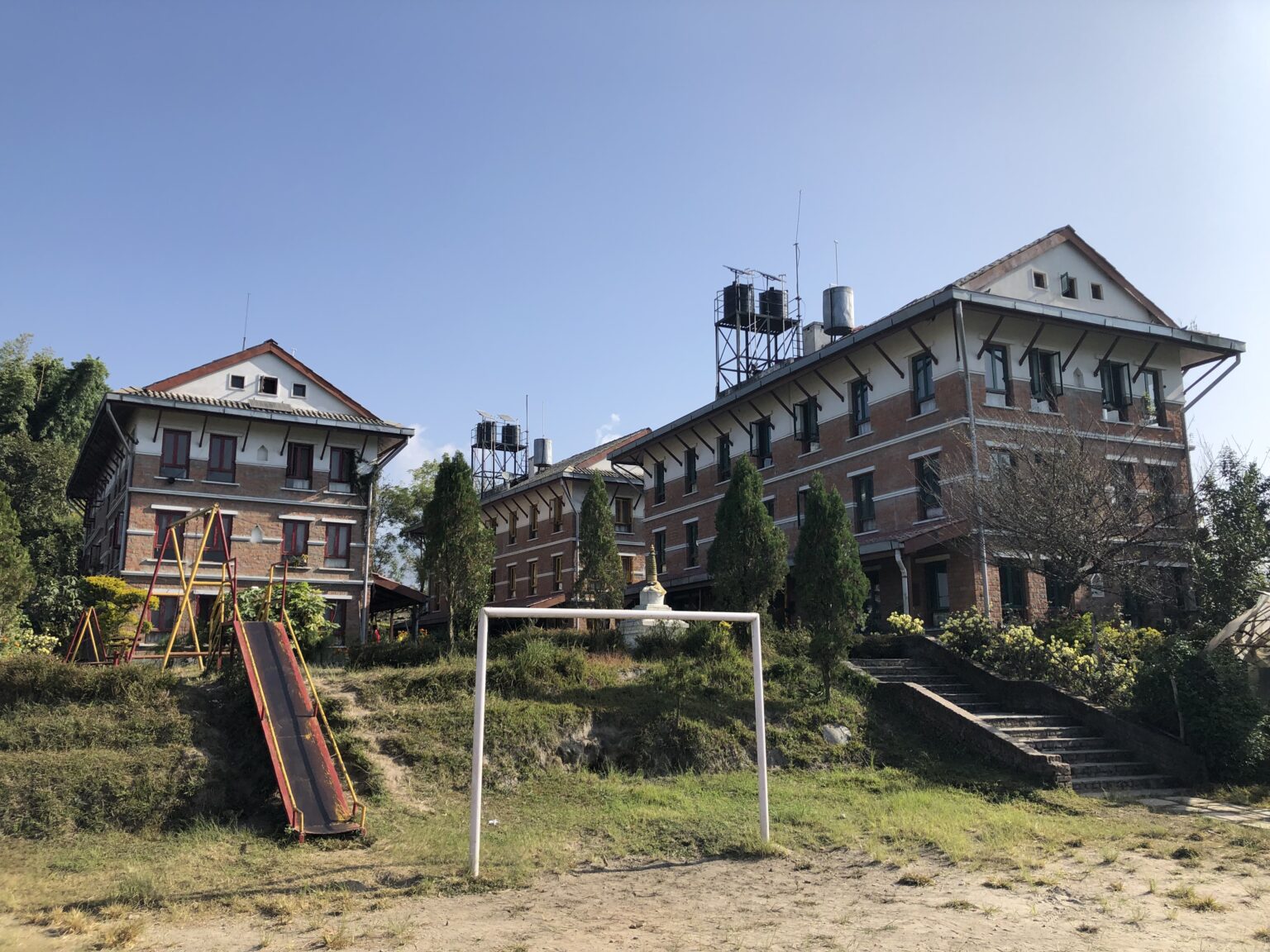
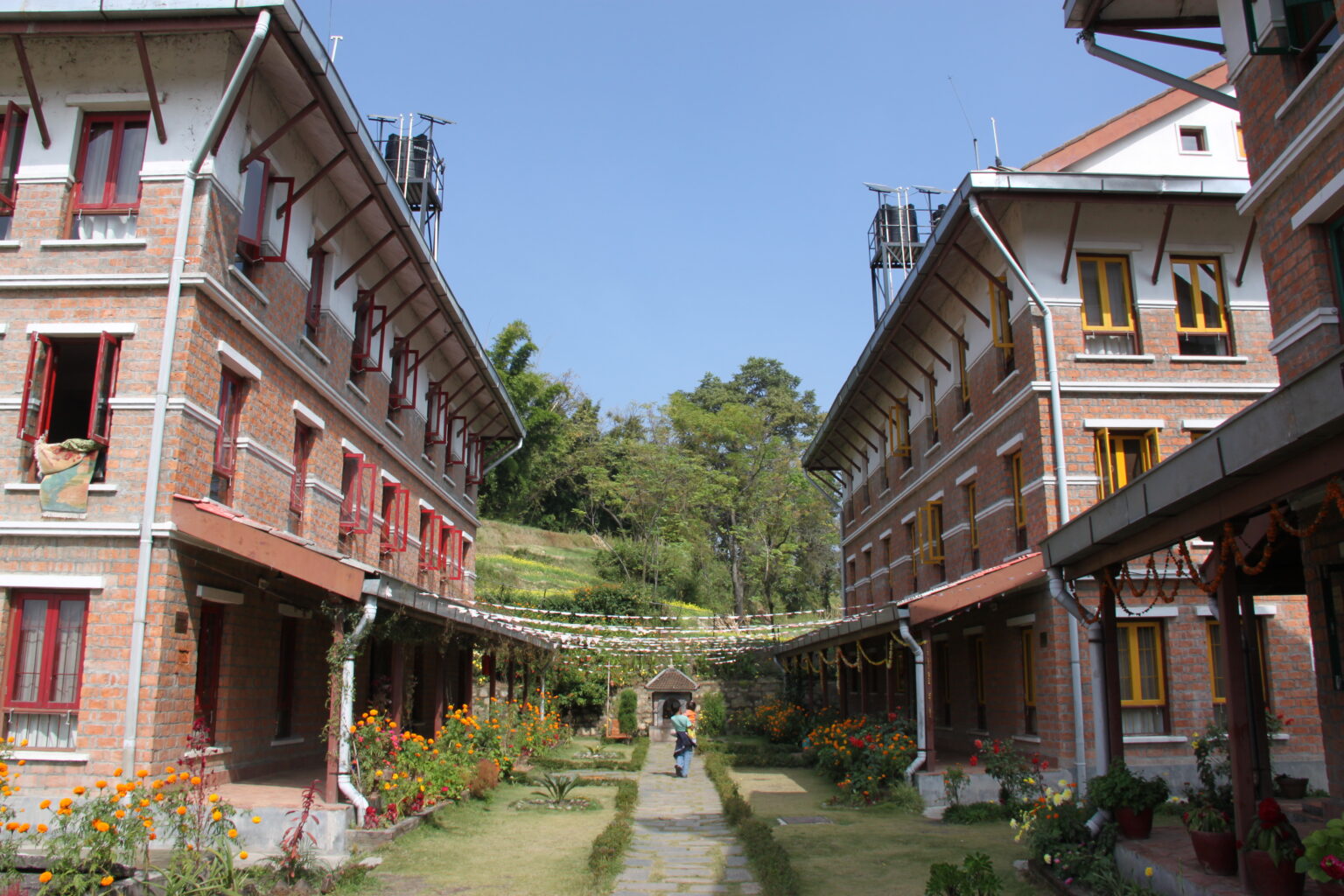

Inspired by the traditional habitat, the project planned to build the three houses on the top of the hill, so as to allow optimal use of the terraced land for crops.
The architectural concept was developed in collaboration with an architectural office in Kathmandu, taking inspiration from the style of the traditional rural buildings albeit considering specific needs in terms of size and comfort. All of the ecological techniques employed represent an imitable model in the Kathmandu Valley, as everything is locally sourced.
The structural safety of the buildings is ensured by the earthquake-proof parameters met during construction (an aspect later greatly appreciated in 2015, when the earthquake destroyed 75 percent of the houses in the Tathali village, without affecting the children home).
